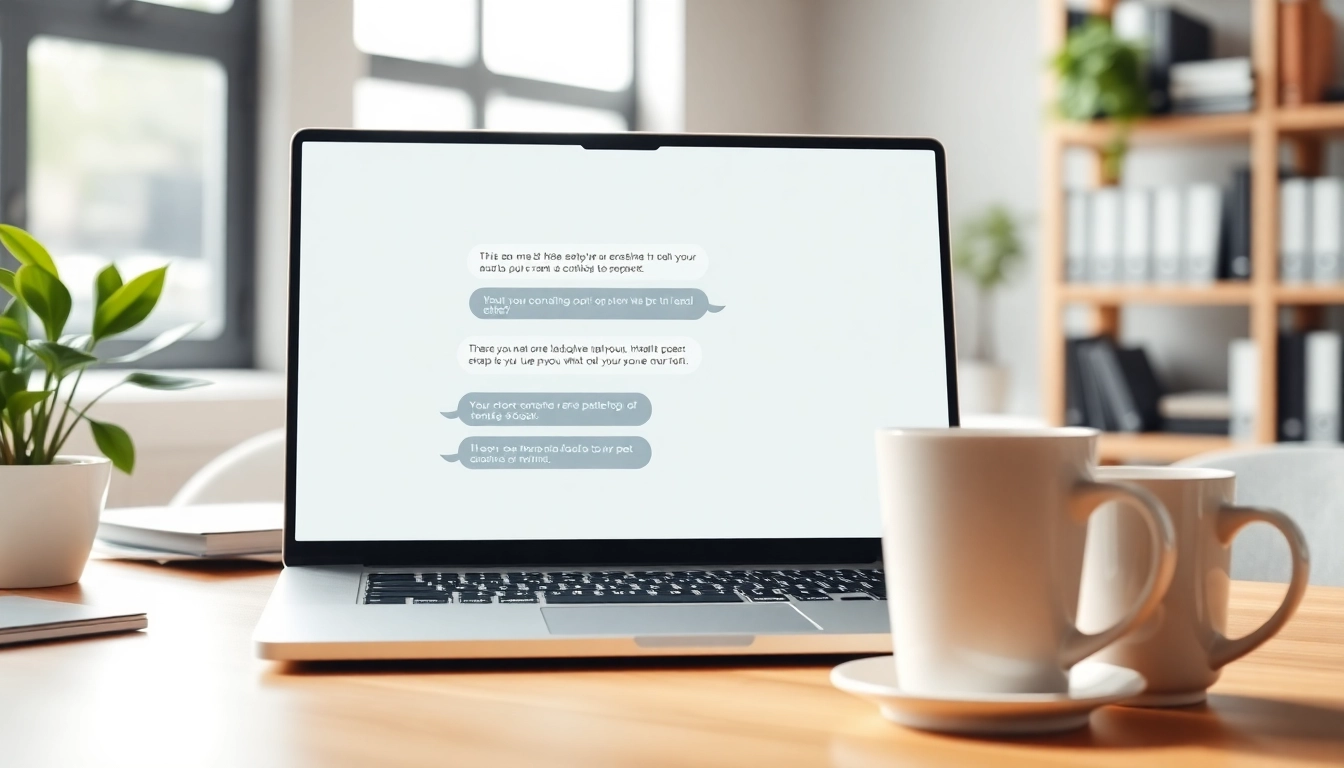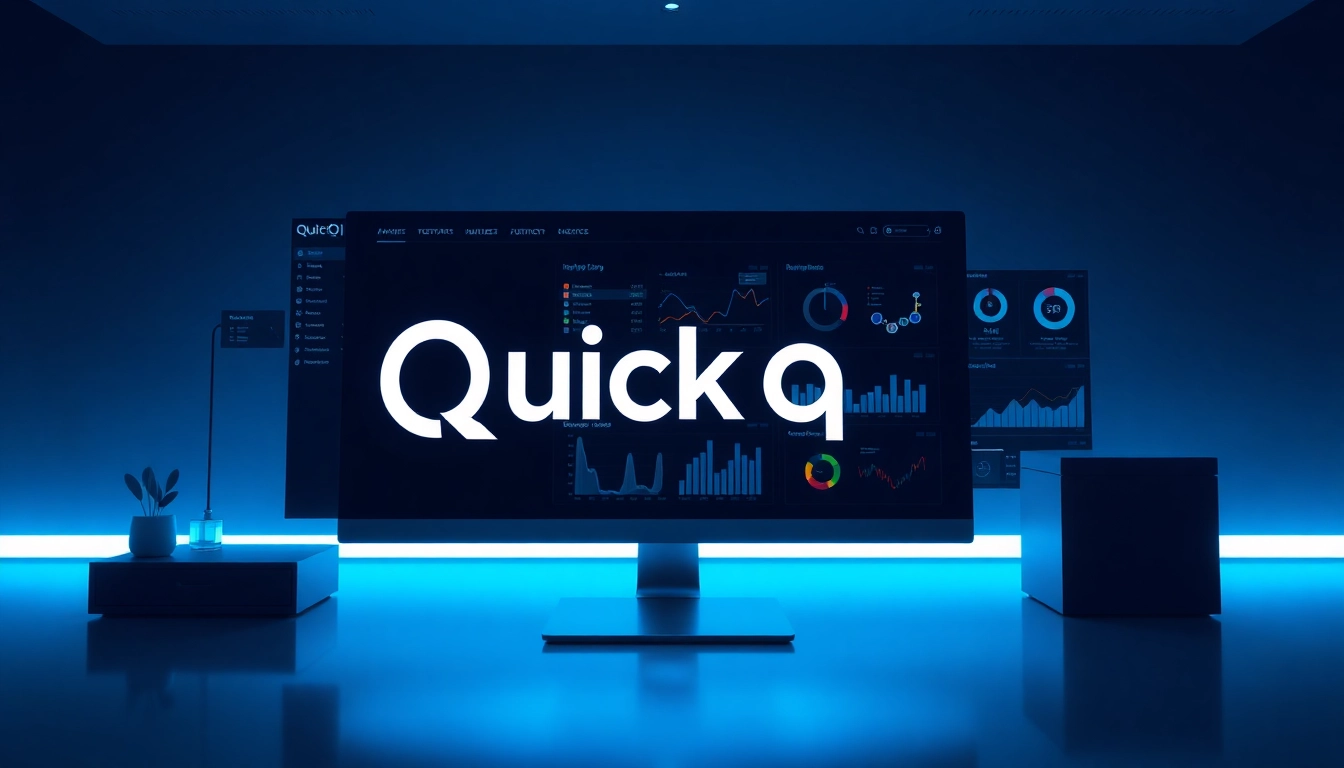Understanding the Impact of ‘Click Here’ in Digital Marketing
In the age of rapid digital transformation, understanding how to effectively engage users through your website is essential. One of the most commonly used phrases in online content is “click here.” While it may seem innocuous, the wording you choose for hyperlinks can have profound implications for user experience, search engine optimization (SEO), and overall website effectiveness. In this article, we’ll explore the various dimensions of this phrase, the challenges associated with it, and alternatives that can enhance user interaction. For further insights, you might want to Click Here.
1. The Historical Context
The phrase “click here” emerged in the earlier days of the web when hyperlinks were relatively novel. During this time, the phrase was likely used to guide users through a growing web landscape featuring uncharted territories. However, as digital literacy has increased and web design standards have evolved, the phrase has remained stubbornly entrenched in our lexicon. This persistence raises questions: Is it still effective? Is it even appropriate in today’s user-centric design philosophy?
2. User Experience Concerns
User experience (UX) is about creating an intuitive, easy-to-navigate environment for users. Here’s how “click here” undermines that goal:
- Vagueness: “Click here” provides no context about what users will experience after clicking. This creates friction and can lead to a decrease in click-through rates.
- Accessibility Issues: For individuals using screen readers, the phrase “click here” lacks informative context, resulting in confusion and poor navigation.
- Impact on Engagement: Users expect descriptive language that aligns closely with their intentions. When they encounter generic terms, they may disengage altogether.
3. SEO Implications
Web content’s effectiveness isn’t only about aesthetics and navigation; it also heavily relies on search engine optimization (SEO). Poor hyperlink text practices could negatively impact your SEO rankings for the following reasons:
- Low Information Scent: Search engines prioritize link text that closely represents the content it leads to. Non-descriptive text like “click here” fails to provide enough information, which can hurt organic search visibility.
- Poor Indexing: Search engines rely on context to index content. If links are vague, the associated pages may not rank effectively in search results.
- User Behavior Signals: High bounce rates can signal to search engines that your content is not relevant. If users find links to be unhelpful, they’re likely to leave your page quickly.
Alternatives to ‘Click Here’
Replacing “click here” with descriptive link text can significantly improve user experience and enhance SEO. Here’s how to craft better link language:
1. Creating Descriptive Link Text
Descriptive link text should inform users about what to expect when they click a link. For example, rather than “click here to learn more,” you could say, “discover our services”. This communicates what the user will find without the need for ambiguous instructions.
2. Best Practices for Call-to-Action Phrases
Effective call-to-action (CTA) phrases can lead to improved conversion rates. Here are some best practices:
- Be Specific: “Download our free eBook” is far more compelling than “click here for our offer.” Specific CTAs drive actions much better.
- Create Urgency: Phrases like “Get your 20% discount now” effectively create a sense of urgency that compels users to act.
- Use First-Person Language: Modify your CTA to speak directly to the user, e.g., “Get my free trial” instead of “Click here for a free trial.” This makes the action personal.
3. Examples of Effective CTAs
Here are some examples of alternative CTAs that avoid “click here”:
- “Join our newsletter for exclusive updates”
- “Start your free trial today”
- “Explore our range of products”
- “See the case study to find out how we doubled our sales”
Analyzing Competitor Approaches
Understanding how competitors utilize or avoid the phrase “click here” can provide valuable insights. Effective analysis often unfolds as follows:
1. What Top Brands Are Doing Differently
Leading brands have shifted away from vague linking language to more engaging and informative terms. For example, a tech company may use “view our latest software solutions” instead of “click here for more information.” This approach enhances both usability and SEO efforts.
2. Case Studies on Link Text Performance
Examining case studies can reveal useful metrics. A prominent case study reported that a company updated all its hyperlink texts from generic phrases to specific descriptors. The result? A noticeable increase in user engagement and sales conversions by over 15%.
3. Learning from Mistakes
Competitors can also teach us what not to do. Many businesses that continued leveraging “click here” saw diminishing return on user engagement metrics, showcasing that poor link text can erode trust and hinder sales.
Implementation Strategies for Improvement
After understanding the pros and cons of hyperlink phrases, it’s time to strategize for change:
1. Tools to Analyze Your Links
Website owners should consider using analytics tools to assess link performance. Platforms like Google Analytics can highlight click-through rates and user engagement regarding specific links, allowing for informed adjustments.
2. A/B Testing for Better Engagement
A/B testing provides insights into what phrasing is most effective among your audience. For example, comparing “Download our eBook” against “Get your free guide” will help determine which resonates better, allowing for greater optimization of CTAs.
3. Guidelines for Optimizing Existing Links
Regularly review existing link texts across your website. Replace generic phrases with specific, action-oriented language. To keep links fresh and engaging, develop a routine check every quarter to reevaluate remain relevant.
Future Trends in Link Text Usage
The landscape of digital marketing and UX design is continuously evolving. Here are some foreseeable trends:
1. Adaptive Text Based on User Behavior
Leveraging machine learning, websites may tailor link text based on user behavior and preferences. This dynamic approach could increase user satisfaction and engagement significantly.
2. The Role of AI in Link Optimization
Artificial intelligence tools could analyze engagement data to suggest the most impactful language, ensuring that links remain relevant and effective in guiding user actions.
3. Preparing for Voice Search
With the rise of voice search, link texts must be clear and concise. Phrases that work well in written text don’t always translate to spoken language. As such, web designers will need to adapt to this trend to maintain user engagement.















Leave a Reply